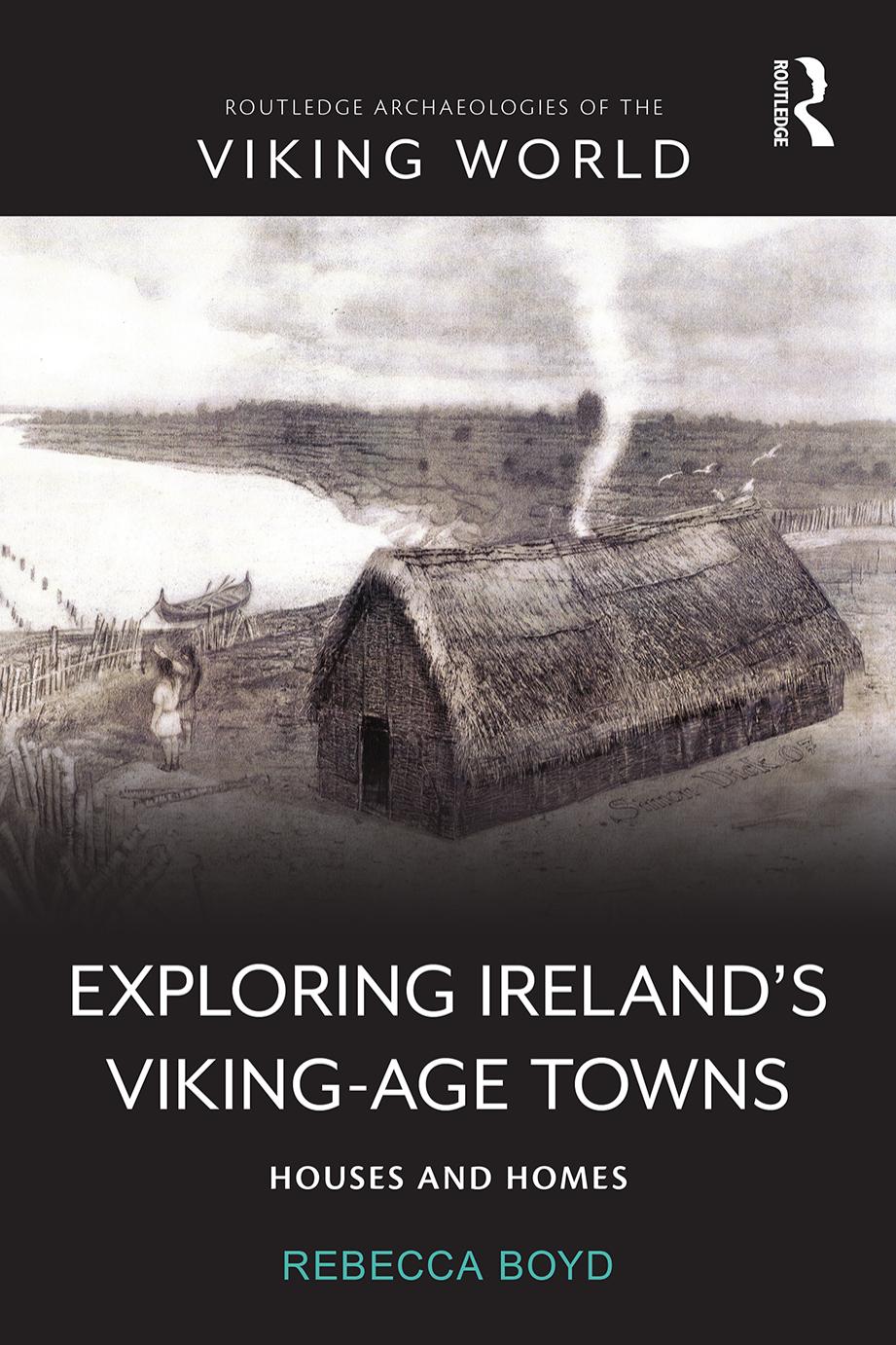

Most ebook files are in PDF format, so you can easily read them using various software such as Foxit Reader or directly on the Google Chrome browser.
Some ebook files are released by publishers in other formats such as .awz, .mobi, .epub, .fb2, etc. You may need to install specific software to read these formats on mobile/PC, such as Calibre.
Please read the tutorial at this link: https://ebookbell.com/faq
We offer FREE conversion to the popular formats you request; however, this may take some time. Therefore, right after payment, please email us, and we will try to provide the service as quickly as possible.
For some exceptional file formats or broken links (if any), please refrain from opening any disputes. Instead, email us first, and we will try to assist within a maximum of 6 hours.
EbookBell Team

4.8
44 reviewsExploring Ireland’s Viking-Age Towns uses household archaeology as a lens to explore the materiality, variability, and day-to-day experiences of living in these houses. It moves from the intimate scale of individual households to the larger scale of Ireland’s earliest urban communities. For the first time, this book considers how these houses were more than just buildings: they were homes, important places where people lived, worked, and died. These new towns were busy places with a multitude of people, ideas, and things. This book uses the mass of archaeological data to undertake comparative analyses of houses and properties, artefact distribution patterns, and access analysis studies to interrogate some 500 Viking-Age urban houses. This analysis is structured in three parts: an investigation of the houses, the households, and the town. Exploring Ireland’s Viking-Age Towns discusses how these new urban households managed their homes to create a sense of place and belonging in these new environments and allow themselves to develop a new, urban identity.
This book is suited to advanced students and specialists of the Viking Age in Ireland, but archaeologists and historians of the early medieval and Viking worlds will find much of interest here. It will also appeal to readers with interests in the archaeology of house and home, households, identities, and urban studies.